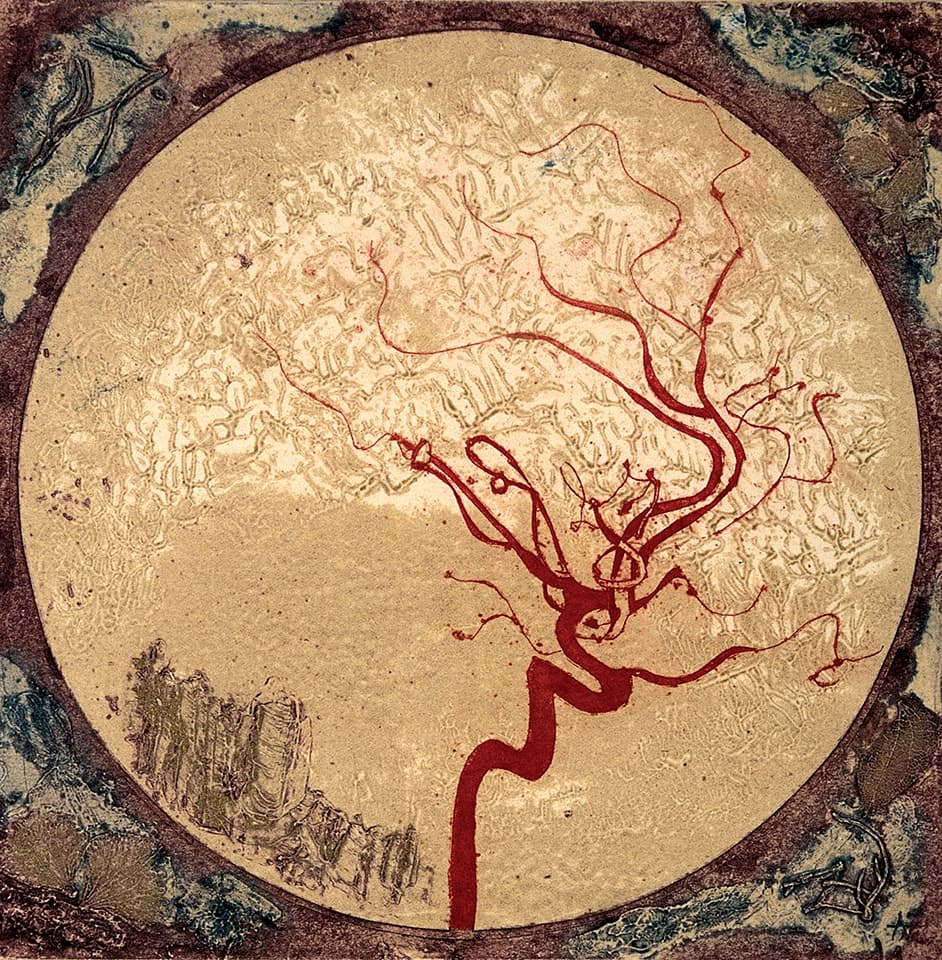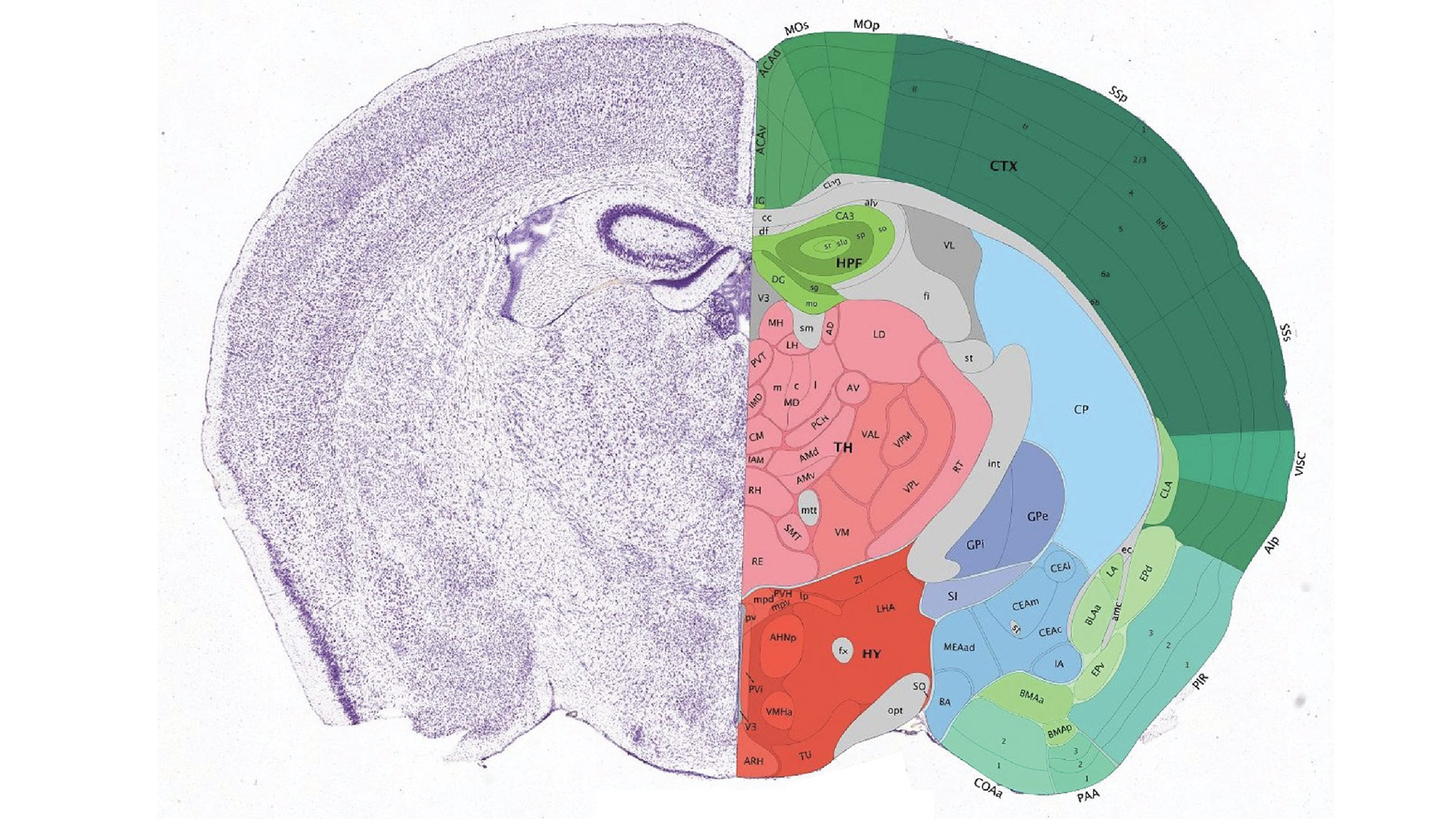Week 7: Neuroscience + Art
This week’s focus on neuroscience and art made me rethink how we define identity. In Neuroculture by Frazzetto and Anker, they describe how neuroscience has entered everyday life from how we understand emotions to how we interpret ourselves. Brain scans are no longer just medical data; they’ve become symbols of who we are.

Fig. 1: Susan Aldworth, Scribing the Soul (2008).
Susan Aldworth’s Between a Thing and a Thought uses her own brain scans as art. It’s powerful because it turns the invisible, her thoughts, into something visual. It shows how art can give form to brain data, making the personal public. Suzanne Anker does something similar in fMRI Butterfly, where she layers brain scans with butterflies and inkblots. These overlays raise a key question: If brain scans are open to interpretation, how objective is the science behind them?

Fig. 2: Suzanne Anker, MRI Butterfly (2008).
Cristina Albu’s essay on neuroaesthetics also stood out to me. She explains how artists use neuroscience not to explain but to question. They show that perception isn’t just biological but emotional and cultural. Gardner’s Art, Mind, and Brain adds to this by arguing that artists are like scientists, using creativity to explore the mind. And in The Embodied Mind, Varela and his coauthors argue that identity comes from the interaction between brain, body, and environment, not from the brain alone.

Fig. 3: Allen Institute for Brain Science, Brain Atlas Visualization (2023).
This idea that both science and art offer partial truths reminds me of Jonah Lehrer’s claim that art and science need each other. Science makes things measurable, but art makes them meaningful. Together, they help us confront questions about who we are and how we understand the brain not just as tissue, but as a metaphor.
Works Cited
Albu, Cristina. “Visualizing the Mind: The Work of Neuroaesthetic Art.” Canadian Medical Association Journal, Issue Ten, www.sfu.ca/cmajournal/issues/issue-ten--enchantment--disenchantment--reenchantment/cristina-albu.html. Accessed 16 May 2025.
Frazzetto, Giovanni, and Suzanne Anker. “Neuroculture.” Nature Reviews Neuroscience, vol. 10, no. 11, 2009, pp. 815–821.
Gardner, Howard. Art, Mind, and Brain: A Cognitive Approach to Creativity. Basic Books, 1982.
Lehrer, Jonah. Proust Was a Neuroscientist. Houghton Mifflin Harcourt, 2007.
Varela, Francisco J., Evan Thompson, and Eleanor Rosch. The Embodied Mind: Cognitive Science and Human Experience. MIT Press, 1991.


I really liked how you brought up the idea that brain scans have become more than just medical tools. It made me think about how easily we treat images of the brain like complete truths about a person, even though, like you said, they’re open to interpretation.Your point about artists using neuroscience to raise questions instead of give answers is important, especially when science often feels like it’s supposed to be clear & exact. Do you think theres a risk that using brain imagery in art might blur the line too much between fact and feeling? And how do you think that changes the way people trust science?
ReplyDelete